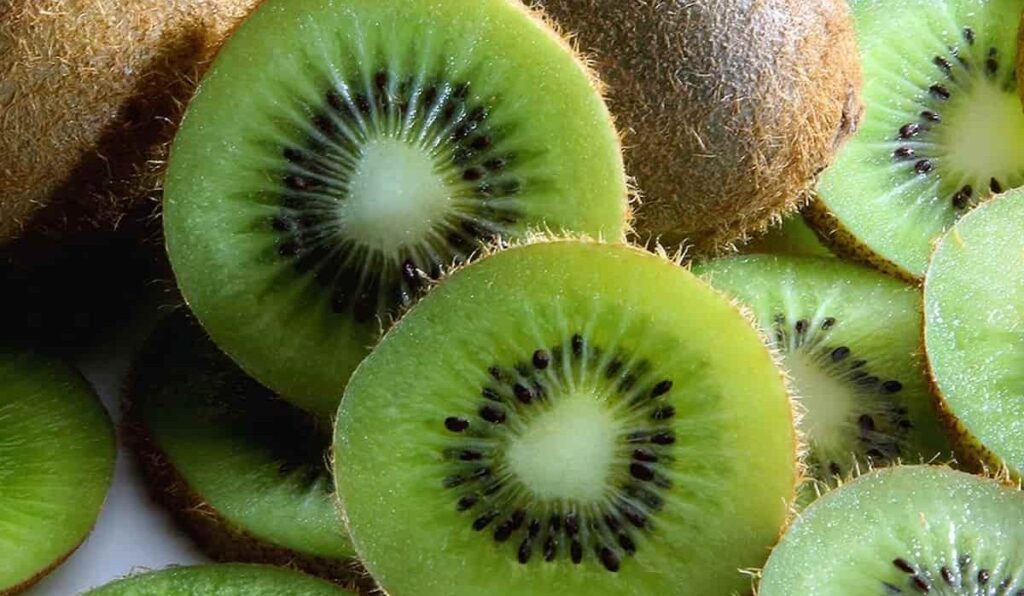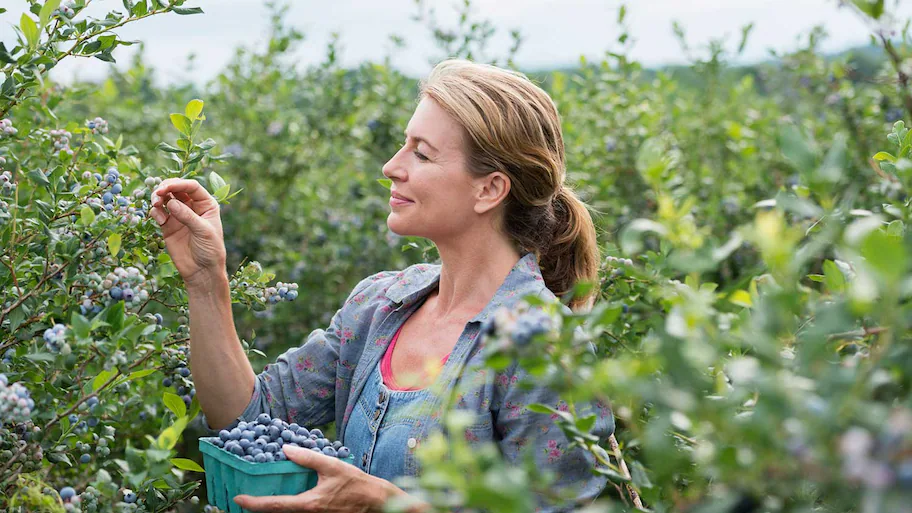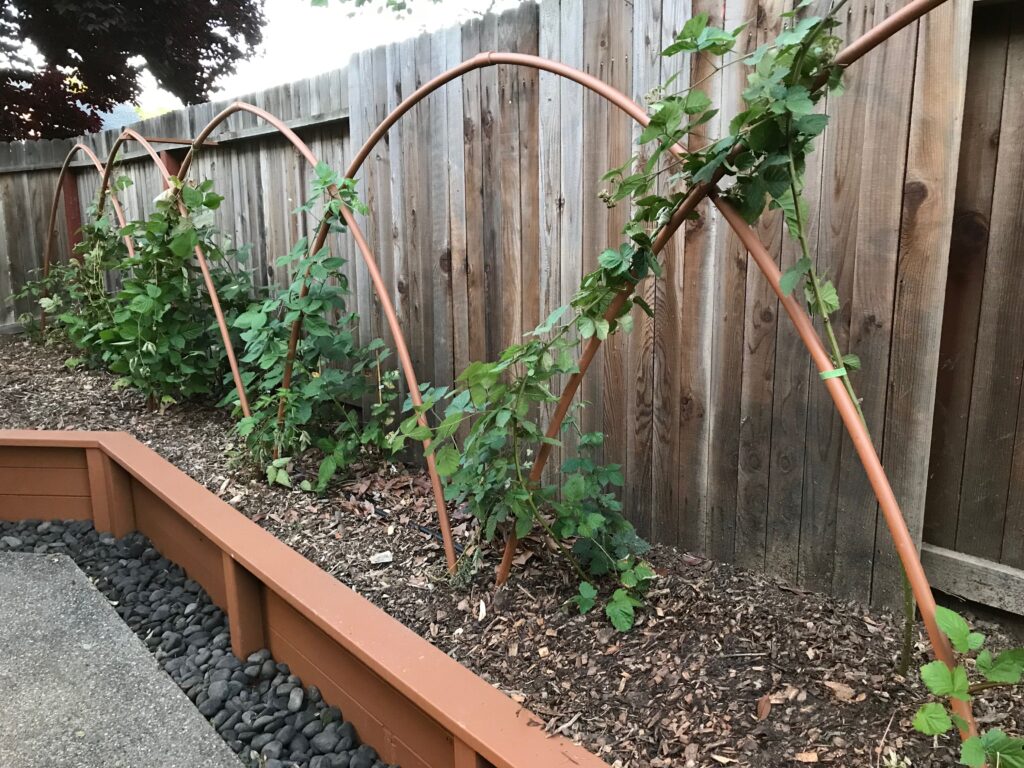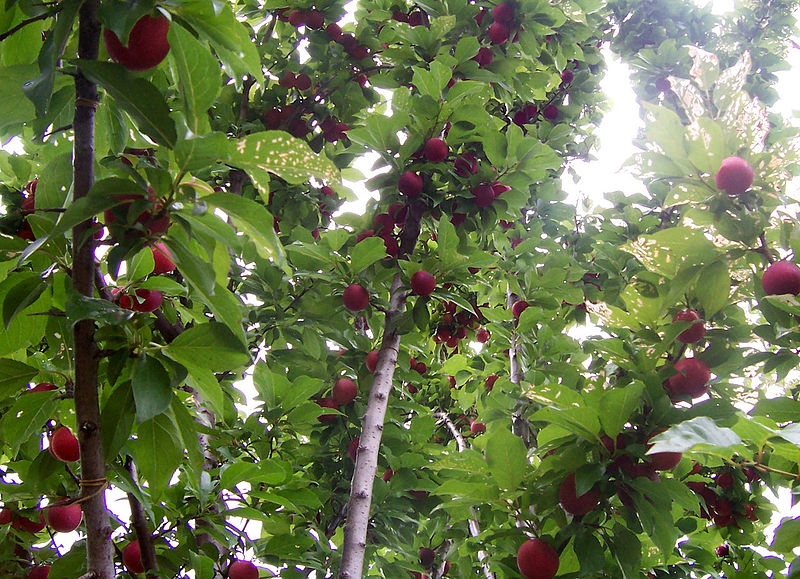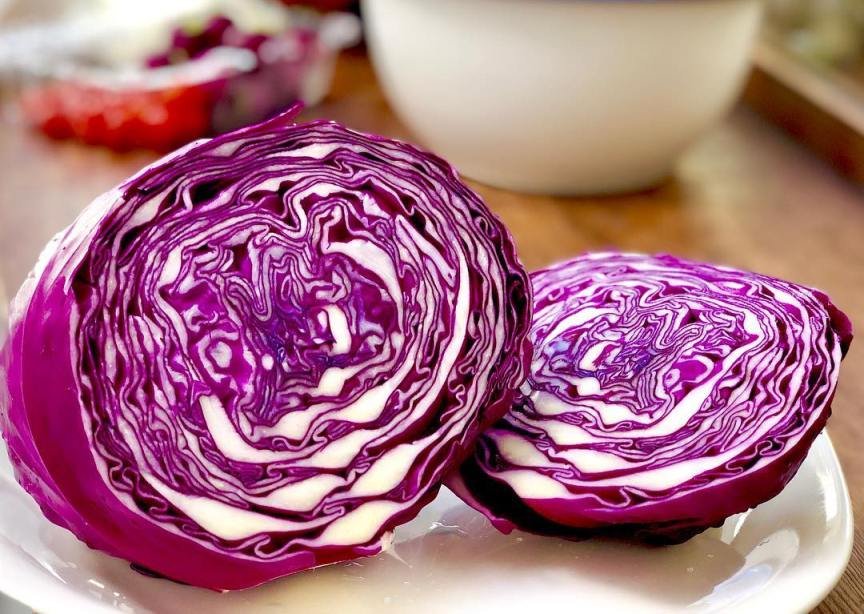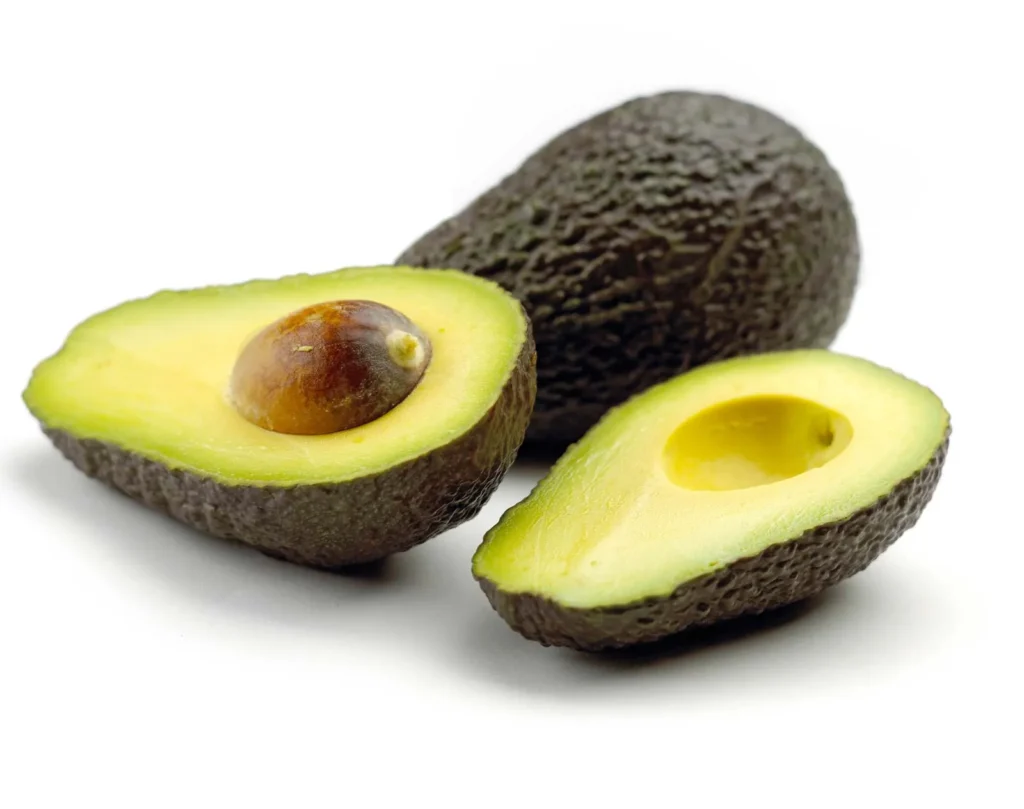Fruit trees need water all the time to make sure they grow well and give you delicious, plump fruits. If they don’t get enough water, they might not grow right, not make as much fruit, or even die. The best way to water fruit trees changes based on how big the tree is, the kind of soil, the weather, and other things.
Table of Contents
Top 5 Ways to Water Fruit Trees
For fruit trees, there are many different ways to give them water, including:
1. Drip Irrigation

Drip irrigation is about using hoses with small holes or drippers that let water drip slowly right to where the tree’s roots are. It’s good because it saves water and only waters where it’s needed.
This system puts water right where the tree can sip it up. That’s good for fruit trees because their roots are deep and they need to drink a lot of water.
It’s handy because you can set it up with timers. Whether you’re busy or away from home, your trees will still get the right amount of water on time without you having to be there.
Drip irrigation is smart because it gives water only to the roots, so less water just evaporates or runs off. That means you use less water, which saves both natural resources and money.
The steady flow of water and food to the roots with this system makes your trees healthier and more fruitful.
In the end, drip irrigation is a really good choice because it’s precise, can be set to run on its own, saves water, and helps your trees grow lots of fruit.
2. Micro Sprinkler Irrigation

Micro sprinkler irrigation uses tiny sprinklers to sprinkle water over the plants. It’s perfect for small spaces or shapes that are hard to water with other systems.
You can set it up to water each plant just right, and it’s easy on water. It makes sure the water doesn’t just evaporate and doesn’t wash away the soil or nutrients.
With a timer or a sensor that feels how wet the soil is, you can make sure the trees get just enough water. This system can change on its own if it rains a lot, so it doesn’t water too much.
But if you have a lot of land, micro sprinklers might not work because they might not cover the whole space.
And sometimes the tiny sprinklers can get blocked by dirt or stuff in the water.
All in all, micro sprinkler irrigation is a useful way to water your fruit trees, especially if they need special care. You can automate it, and it doesn’t waste water or harm the soil.
3. Tree Watering Bags
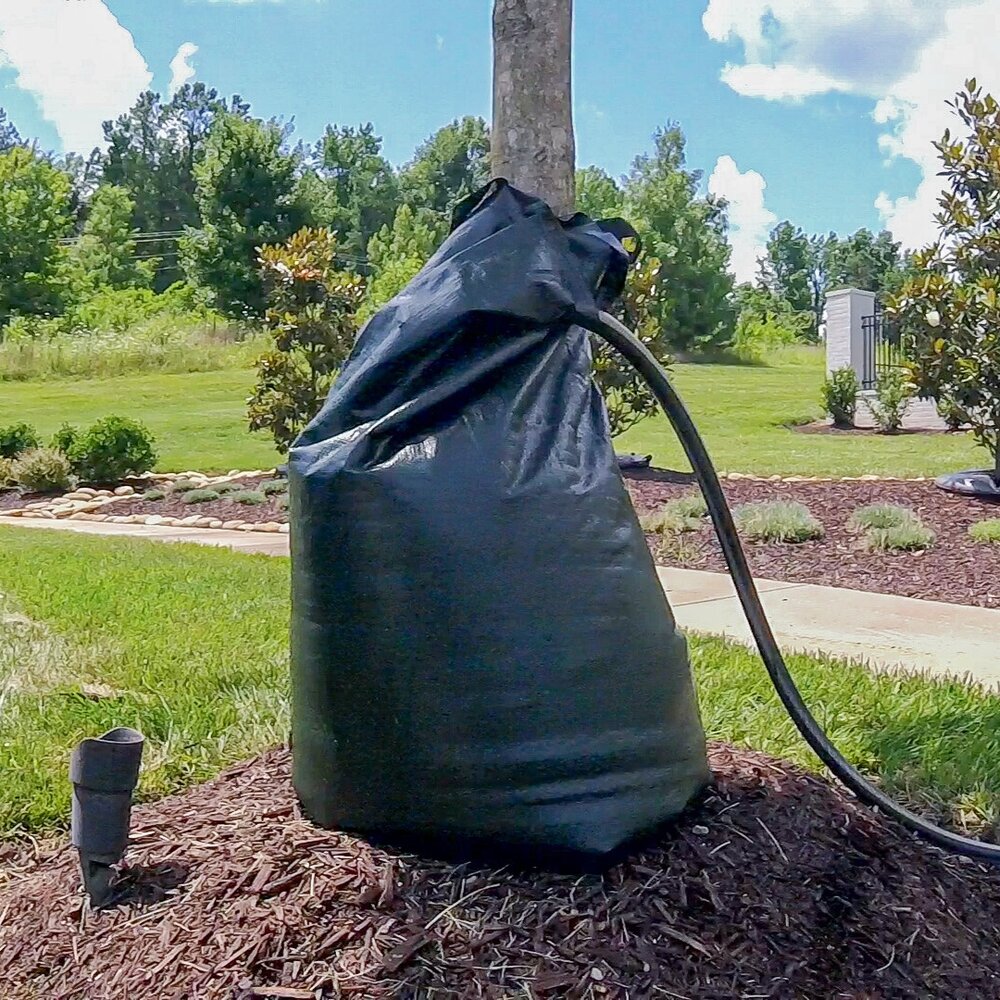
Using a tree watering bag is a simple and good way to water fruit trees. The bag holds water and lets it out slowly right around the roots of the tree.
Water bags are awesome for trees because they don’t drown the roots in too much water at once. This way, more water stays in the soil for the tree to drink, and it reduces the chance of the roots rotting.
They’re not complicated to set up. Just fill the bag and wrap it around the tree. You can change how much water the tree gets by how much you put in the bag.
They’re also easy to move and take with you, which is perfect if you don’t have a fixed way to water your trees, or if you’re changing where you live.
Overall, tree watering bags are a very good option for making sure your fruit trees have enough water. They’re easy, mobile, and help save water, making them ideal for your trees.
4. Soaker Hose
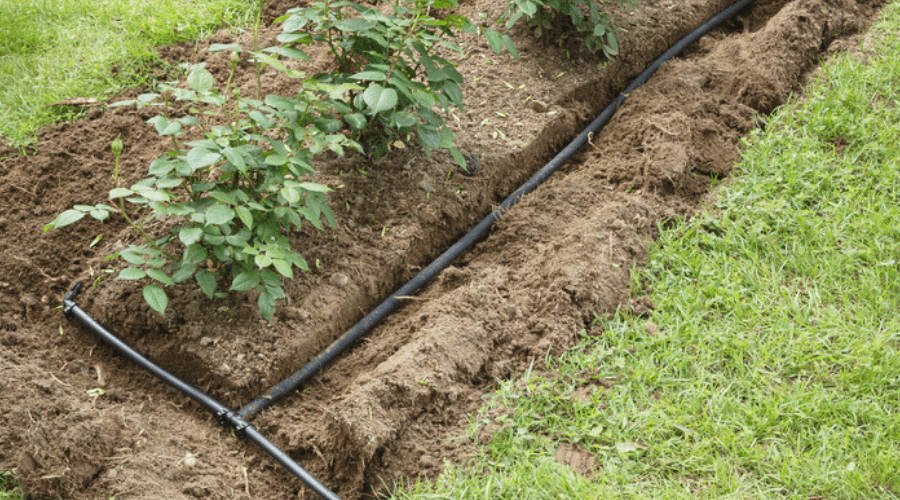
Soaker hoses water your trees evenly by letting water seep through them slowly. They are made from bits of recycled rubber with small holes to let the water out gently.
They work well for gardens, nice-looking plants, and fruit trees. Soaker hoses make sure the water doesn’t just evaporate in the air or run off the ground, unlike normal watering from above.
When you use a soaker hose, the water comes out slowly and gets right to the roots. That helps the tree drink up the water better. The trees then grow better and may give you more fruit.
Using a soaker hose is good for your trees because it can help stop diseases. When fruit trees’ leaves get wet, they can get sick with fungal diseases. If you water with a soaker hose, you put water near the roots only, so the leaves and fruit don’t get wet and are less likely to get sick.
When you set up a soaker hose, make sure to place it where it can water the whole area where the tree’s roots grow. This is where the tree sucks up water and food from the ground.
If you put the soaker hose just inside the edge of where the tree’s branches spread out, it will water all the roots well.
Giving the right amount of water to trees is very important. If a tree gets too much water, its roots can rot. If it doesn’t get enough, it won’t grow well and won’t make as much fruit. You can use a soaker hose to give your tree just the right amount of water.
You can find out how much water your tree needs by using a tool that measures soil moisture or by feeling the soil yourself. The dirt should be moist but not super wet.
In summary, a soaker hose is a really useful tool for watering fruit trees. It saves water, helps prevent diseases, and can lead to better tree growth and more fruit.
5. Watering by Hand with a Hose or Watering Can

If you water fruit trees by hand with a hose or a watering can, you can make sure they get enough water. This way is great for smaller trees or when certain areas need a little extra water.
Hand watering is nice because you can control exactly how much water you give to the tree. This is especially useful for young trees, which can be easily hurt by too much water.
If you water slowly and let it sink in, you can be sure the tree gets enough moisture without causing problems like root rot.
When you water by hand, you can also check how the soil feels with your fingers, which helps a lot when the weather is dry and plants need water more often.
Watering with a hose can take a lot of time, and it’s hard if you have big trees or many plants. It’s also tough to make sure every tree gets enough water this way.
If you water too much, you could get root rot, but if you don’t water enough, the tree might get stressed and not make as much fruit.
Using a hose or watering can is good for little trees or for watering specific spots. But if you have a big orchard or not much water, systems that water automatically, like drip or micro sprinkler irrigation, work better.



